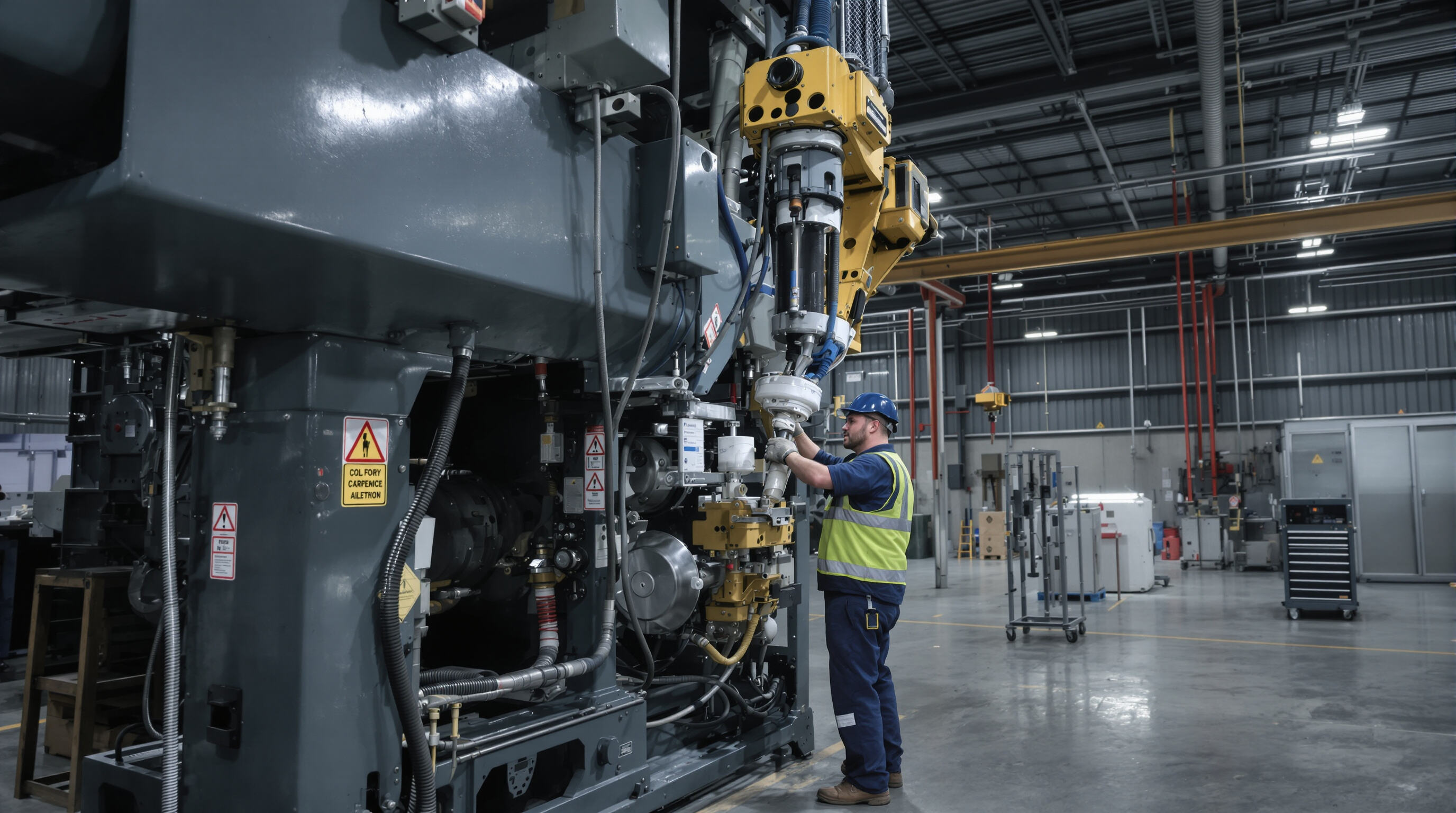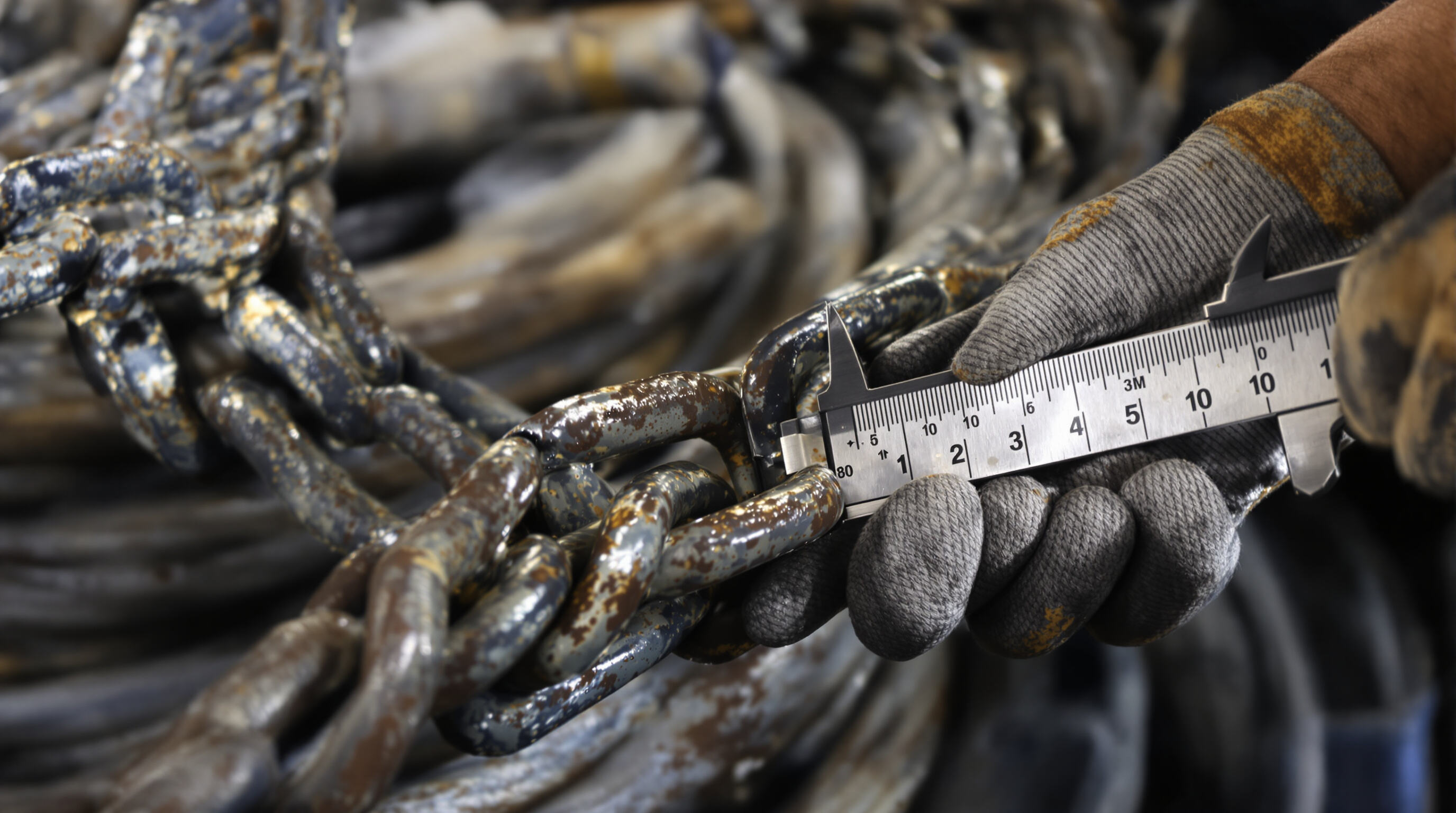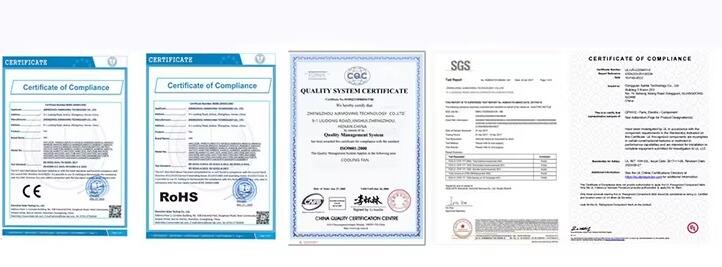Understanding Preventive Maintenance for Air Hoists
The Role of Preventive Maintenance in Air Hoist Longevity
Regular preventive maintenance makes all the difference when it comes to keeping air hoists running reliably. The HMI 2023 guidelines actually point out that this kind of routine upkeep can cut down on unexpected breakdowns by around 45%. When operators take care of those key parts like pneumatic motors and load chains before problems happen, they not only maintain the lifting capacity but also get much better longevity out of their equipment. And let's not forget money matters either. Studies from Ponemon in 2023 show companies typically lose about $740,000 each year just from hoist downtime issues. Plus, proper documentation of these maintenance activities keeps everything aligned with what OSHA expects regarding safety standards for industrial equipment.
Key Components Covered in Preventive Maintenance
- Pneumatic System: Air filters, regulators, and lubricators
- Load Path: Hooks, wire ropes, and swivels
- Control Mechanisms: Load brakes, directional valves, and pendant stations
- Structural Integrity: Boom welds and trolley rails
Daily greasing of chain joints and quarterly replacement of air filters prevent 72% of premature failures in gate hoist systems (HMI 2023 data).
Recommended Maintenance Frequency Based on HMI Guidelines
| Activity | Frequency | Critical Checkpoints |
|---|---|---|
| Functional Testing | Daily | Brake engagement, load drift |
| Component Lubrication | Weekly | Pivot points, chain interfaces |
| Full System Inspection | Quarterly | Structural cracks, air leaks |
Common Failure Modes Prevented by Regular Maintenance
Corrosion-induced chain degradation causes 34% of hoist failures in humid environments. Scheduled maintenance prevents:
- Load Slippage: Detected through monthly torque tests on worn brake pads
- Air Leaks: Identified via 6-month pressure decay analysis
- Fatigue Fractures: Mitigated through annual magnetic particle inspection
Organizations using this protocol report 60% fewer emergency repairs than those relying on reactive maintenance.
Systematic Inspection and Maintenance Procedures

Daily Visual and Operational Checks for Air Hoists
Every morning before starting work, take about five minutes to run through a quick but thorough checkup. First things first, make sure the air pressure is at least 90 psi according to OSHA's latest guidelines from 2023. Spray some soapy water around all connections to spot any hidden air leaks that might be developing. Also measure the load chain wear - it shouldn't have worn down more than 3% from when it was new. Don't forget to test how the safety latch works and give the emergency stop button a good workout by running three complete lifting cycles. If something sounds off or moves unevenly during operation, pull that equipment out of service immediately. Better safe than sorry when dealing with heavy machinery.
Weekly and Monthly Inspection Protocols
Weekly inspections focus on high-wear components:
- Pneumatic Motors: Monitor torque output deviation (±10% from baseline)
- Brake Linings: Replace if thickness falls below 3.2 mm (ASME B30.16 threshold)
- Swivel Joints: Replace if axial play exceeds 0.8 mm
Monthly assessments require disassembling the load wheel to inspect for groove deformation ≥5% of rope diameter. Use HMI-guided checklists to ensure consistent documentation and audit readiness.
Documenting Inspection Results and Compliance Records
A good approach is implementing a color coded logging system where green means everything checks out, yellow indicates something needs watching, and red signals urgent service required according to ISO 4309:2021 guidelines. When keeping digital records, make sure to note when each defect was spotted, what fixes were applied, plus results from those load tests after maintenance at 110 percent of the equipment's capacity rating. Such a system works well for both air hoists and gate hoists throughout their service life. Plus it helps spot patterns over time which can predict future issues before they become major problems down the road.
Critical Safety Practices During Air Hoist Maintenance
Lockout/Tagout Procedures for Safe Maintenance
Proper lockout tagout (LOTO) procedures stop equipment from accidentally turning on when it shouldn't. According to OSHA guidelines, workers need to isolate air supply lines first, then make sure the system is fully depressurized, and finally check that all stored energy has been released before starting any maintenance work. Recent studies show that around three out of four air hoist accidents happen because people skip or rush through LOTO protocols. This highlights why validation checks really matter, especially when multiple locks are needed for team repairs. Getting this right isn't just about following rules it actually saves lives and prevents serious injuries on job sites.
Required Personal Protective Equipment and Worksite Safety Measures
When working on equipment, maintenance personnel should definitely be wearing ANSI certified protective gear. That means getting those cut resistant gloves on first thing, along with some good impact goggles and sturdy steel toe boots. The work area needs to stay clear of any loose stuff lying around too. For places where they're using pneumatic tools, making sure there's enough fresh air circulating through the space is pretty important. And don't forget to set up those exclusion zones whenever someone needs to check out load bearing components. Just putting on the right protection makes a huge difference actually. Studies show workers who follow proper safety protocols end up with about 62 percent fewer hand injuries when dealing with all that vibration from air and gate hoists day after day.
Training Maintenance Personnel on Safety-Centric Protocols
Quarterly safety training reduces protocol deviations by 58% (HMI 2022). Programs should cover hazard identification, emergency shutdowns, and manufacturer-specific torque requirements for critical fasteners. Hands-on competency assessments ensure adherence to ISO 12485-1 standards for overhead lifting equipment. Annual refreshers keep teams current with regulatory updates and best practices.
Wire Rope and Chain Maintenance in Air Hoist Systems
Inspecting for Wear, Corrosion, and Deformation

Regular inspection of wire ropes and chains is something every technician should make part of their routine checks. Look out for broken wires, pits forming on the surface, and any diameter reduction that goes past 3% according to ASME standards from 2023. When checking chains specifically, get those calibrated gauges out there because anything over 1.5% elongation means the metal has started to fatigue. Rust spots are another concern worth noting. If more than 10% of the surface shows signs of corrosion clustering together, that's definitely cause for alarm. This becomes even more critical when working around areas where humidity hangs in the air or where chemicals are present in the environment.
Lubrication Techniques and Maintenance Schedules
Proper lubrication reduces friction by up to 40% (Lubrication Engineers Journal 2022), extending chain life by 2–3 years. Apply NSF H1-grade grease monthly in food processing settings or quarterly in general industrial applications. Optimal lubricants meet these criteria:
| Property | Requirement |
|---|---|
| Viscosity | 320–460 SUS at 100°F |
| Temperature resistance | -20°F to +250°F operating |
Replacement Criteria and Post-Service Load Testing
Replace wire ropes immediately if any of the following occur:
- Six broken wires in one rope lay
- Three broken wires in one strand
- Visible kinking or birdcaging
After replacement, conduct a load test at 110% of rated capacity for 10 minutes to verify system integrity.
Reuse vs. Replace: Evaluating Cost and Safety in Maintenance Decisions
While reusing components may cut short-term costs by 15–20% (Material Handling Institute 2023), 62% of hoist accidents involve improperly reused parts. Use a decision matrix that weighs repair costs against:
- Criticality of the lifting operation
- Reductions in safety factor
- Availability of backup systems
This structured approach balances efficiency with safety and compliance across air hoist and gate hoist operations.
Balancing Manufacturer Guidelines with Brand-Neutral Maintenance Strategies
Interpreting and Applying Manufacturer Specifications and Manuals
OEM manuals provide baseline maintenance requirements, but real-world conditions—such as coastal environments or high particulate exposure—often demand adjustments. A 2023 study found that operations modifying greasing intervals by 25–40% based on environmental factors experienced 34% fewer bearing failures than those following generic schedules.
Integrating OEM Recommendations into Maintenance Schedules
Good maintenance practices bring together manufacturer specs for torque settings, information on how long parts typically last, and real time data from load sensors and cycle counters. When dealing with gate hoists that handle different weights throughout the day, this approach stops technicians from neglecting parts that get constant use while also avoiding wasted effort on components that barely see action. The result? Warehouses report around 18% less downtime when using these methods according to a 2022 study by Material Handling Institute.
Standardizing Practices Across Air Hoist and Gate Hoist Systems
Cross-platform protocols should account for:
- Load capacity differences between models
- Environmental exposure levels
- Duty cycle intensity
Unified inspection templates improve compliance by 27% compared to model-specific checklists, especially in facilities operating multiple hoist types.
Maintaining Compliance While Allowing Operational Flexibility
Top-performing operations use risk-based matrices to prioritize OEM-required replacements—such as wire rope retirement—while tailoring less critical tasks. This strategy maintains ASME B30.16 compliance while cutting non-essential labor hours by 22% through condition-based servicing instead of fixed schedules.
FAQ
What is preventive maintenance for air hoists?
Preventive maintenance for air hoists involves regular checks and upkeep to ensure key components like pneumatic motors and load chains are functioning properly before any breakdowns occur. This can enhance the longevity and reliability of air hoists.
Why is documentation important in preventive maintenance?
Documenting maintenance activities helps organizations remain compliant with safety standards set by OSHA and also allows for better tracking of equipment performance over time.
What are the main components checked during preventive maintenance?
The main components checked during preventive maintenance include pneumatic systems, load paths, control mechanisms, and structural integrity elements like hooks and swivels.
How often should air hoist inspections be carried out?
According to HMI guidelines, functional testing should be done daily, component lubrication weekly, and full system inspections quarterly.
What safety measures are crucial during air hoist maintenance?
Key safety measures include proper lockout/tagout protocols, personal protective equipment like gloves and goggles, and maintaining a clear worksite.
Table of Contents
- Understanding Preventive Maintenance for Air Hoists
- Systematic Inspection and Maintenance Procedures
- Critical Safety Practices During Air Hoist Maintenance
- Wire Rope and Chain Maintenance in Air Hoist Systems
- Inspecting for Wear, Corrosion, and Deformation
- Lubrication Techniques and Maintenance Schedules
- Replacement Criteria and Post-Service Load Testing
- Reuse vs. Replace: Evaluating Cost and Safety in Maintenance Decisions
- Balancing Manufacturer Guidelines with Brand-Neutral Maintenance Strategies
- FAQ

